This is the issue discussed at the International Conference on Innovations in the field of transport and safety 2025 with the theme "Safety initiatives for electric two-wheelers" organized by the Vietnamese-German University ( Ho Chi Minh City) in collaboration with international organizations on October 1.
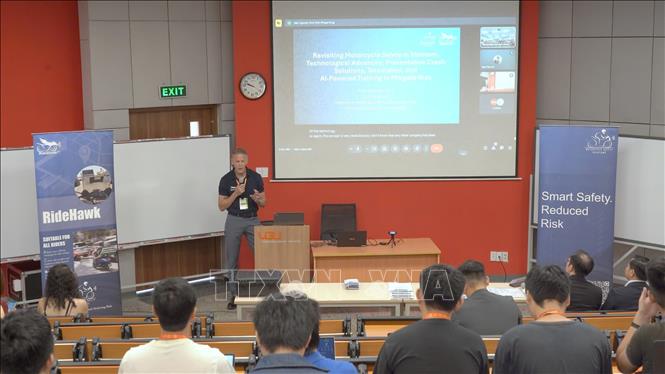
Vietnam is currently one of the countries with the highest density of two-wheeled vehicles in the world . In large cities such as Hanoi and Ho Chi Minh City, two-wheeled vehicles account for 80–90% of total daily trips, playing an essential role in the urban transport system. In the context of the energy transition and global efforts to reduce carbon emissions, Vietnam is emerging as a bright spot in ASEAN in electrification of personal transport. According to data from GIZ (2024), the number of electric two-wheeled vehicles (E2Ws) sold in Vietnam increased from 1.5 million units in 2019 to about 2.3 million units in 2023, equivalent to a growth rate of nearly 1.5 times in just 5 years.
According to Dr. Nguyen Dinh Vinh Man, Vietnam-Germany University, at the United Nations Conference on Climate Change (COP26), Vietnam made a strong commitment: to end the circulation of motorbikes using fossil fuels before 2040 and move towards full electrification of road vehicles by 2050. This is an important step in Vietnam's efforts to transition to green transportation. However, if not accompanied by appropriate safety policies, the wave of electric vehicles may pose many potential risks, exceeding the expected benefits for the environment and sustainable development.
According to Dr. Nguyen Dinh Vinh Man, there are three major challenges that need to be addressed right from the start. These include controlling the quality of batteries and charging equipment – a key factor in preventing the risk of fire and explosion in a rapidly developing market with inconsistent standards. In addition, electric vehicles with engines that operate almost silently can be dangerous if they are not equipped with warning sounds, especially in crowded urban environments. Driver training and testing curricula also need to be updated to accommodate the new technical characteristics of electric vehicles such as instant acceleration and regenerative braking systems.
At the workshop, international experts focused on three groups of urgent issues: technical safety of electric micro-vehicles; infrastructure and driver training; and access to safety technology for low-income workers – the group that uses two-wheeled vehicles the most.
Dr. Maya Arlini Puspasari, Associate Professor at the Faculty of Industrial Engineering, University of Indonesia, published a study on the impact of motorcycle warning systems on dangerous situations based on the natural driving study (NDS) model.
The results showed that forward collision warning and lane departure warning (LDW) systems can reduce the number of dangerous situations by 18% to 32%. However, the effectiveness depends on the level of acceptance of the technology by drivers. "Drivers in Vietnam or Indonesia react differently than those in Europe, so the warning algorithm must be tailored to the behavior of each country," said Dr. Maya Arlini Puspasari.
At the workshop, delegates participated in the RideHawk Safety Device technology demonstration, simulating real-life collision situations for participants to experience directly. The ISMSI 2025 workshop is expected to provide a scientific basis for the formation of a policy for managing electric two-wheeled vehicles, contributing to the realization of the goal of net zero emissions by 2050.
Source: https://baotintuc.vn/kinh-te/can-som-co-cac-quy-dinh-an-toan-cho-xe-may-dien-20251001203855958.htm



![[Photo] Binh Trieu 1 Bridge has been completed, raised by 1.1m, and will open to traffic at the end of November.](https://vphoto.vietnam.vn/thumb/1200x675/vietnam/resource/IMAGE/2025/10/2/a6549e2a3b5848a1ba76a1ded6141fae)





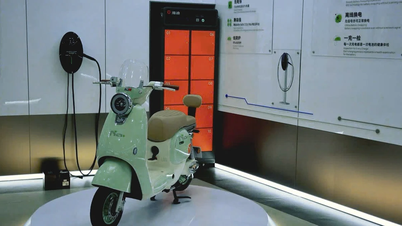



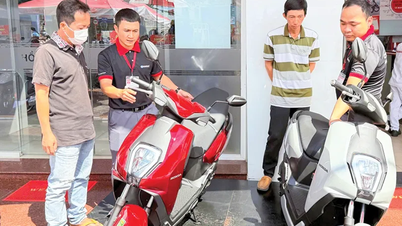








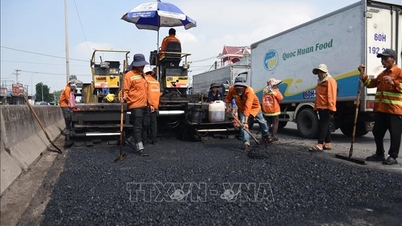












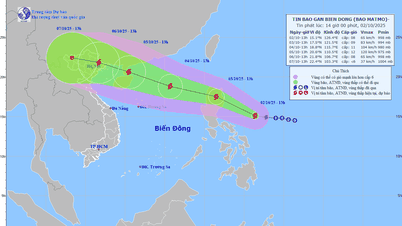













































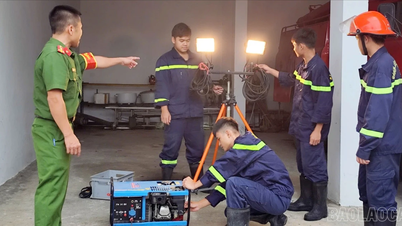


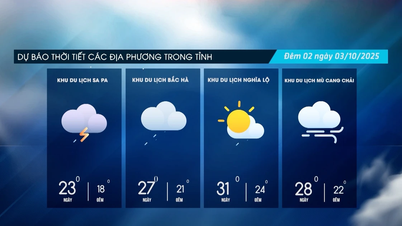

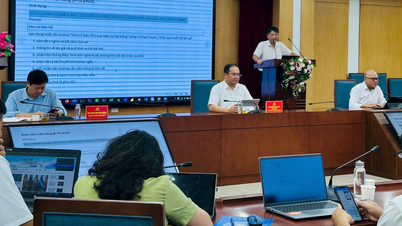
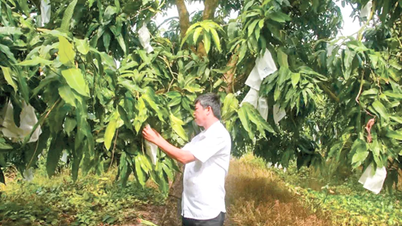












Comment (0)